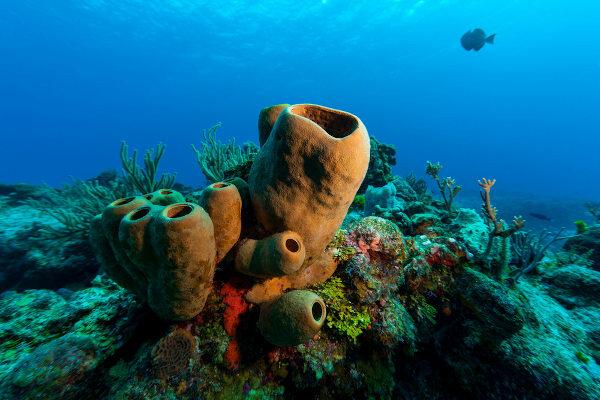We define an environmental impact as any change that takes place in the environment and causes changes in the chemical, physical and even biological properties of that location. These impacts can be positive or negative, the latter being responsible for negatively affecting life in the region, including that of the human species.
→ How can environmental impacts cause disease to arise?
When we cause negative damage to the environment, it is difficult to understand and predict the impacts of these actions with respect to human health. THE water pollution, for example, can cause gastrointestinal problems, and atmospheric pollution relates to respiratory problems. But it's not just the pollution that causes damage, the logging, the introduction of new species and several other actions can put the population's health at risk.
See some of the main environmental impacts and their consequences with regard to human health:
Water pollution: by throwing garbage into the water, we can increase the proliferation of pathogenic microorganisms, in addition, of course, to toxic substances. Sewage, if released without due care into the water, can carry the feces of sick people and favor the transmission of
hepatitis A, giardiasis, ascariasis, infectious diarrhea and others. (Read too: water related diseases);-
Atmospheric pollution: is related to respiratory problems, such as the increased risk of bronchitis, asthma, lung cancer and pulmonary emphysema. It is noteworthy that air pollution also affects the heart, even triggering a heart attack.
Do not stop now... There's more after the advertising ;)
Logging: accelerates the emergence of diseases, especially those caused by vectors. These transmitters, which were previously in the interior of the forests, start looking for other places to shelter and get food, taking with them viruses and other pathogenic organisms.
→ The possible relationship between Mariana's accident and the increase in the number of yellow fever cases
In November 2015, the Samarco mining company was responsible for a big environmental accident. The Fundão dam, located in the city of Mariana (MG), broke and spilled a large amount of mud, which reached an extensive area of vegetation, rivers, streams and even the sea. Several species of animals and plants died in the incident, which claimed the lives of 17 people.
This accident in Mariana had a great negative environmental impact and is probably related to the increase in cases of yellow fever in 2017. This was probably due to the stress caused to the animals in the area, which made them more susceptible to disease. In the wild, yellow fever is found in monkeys and is transmitted by mosquitoes Haemagogus. With more sick animals, the greater the number of infected mosquitoes. Due to habitat destruction, these animals began to have greater contact with humans, which increased the number of cases of the disease.
By Ma. Vanessa dos Santos
Would you like to reference this text in a school or academic work? Look:
SANTOS, Vanessa Sardinha dos. "The relationship between environmental impacts and the emergence of diseases"; Brazil School. Available in: https://brasilescola.uol.com.br/biologia/a-relacao-entre-impactos-ambientais-surgimento-doencas.htm. Accessed on June 27, 2021.



